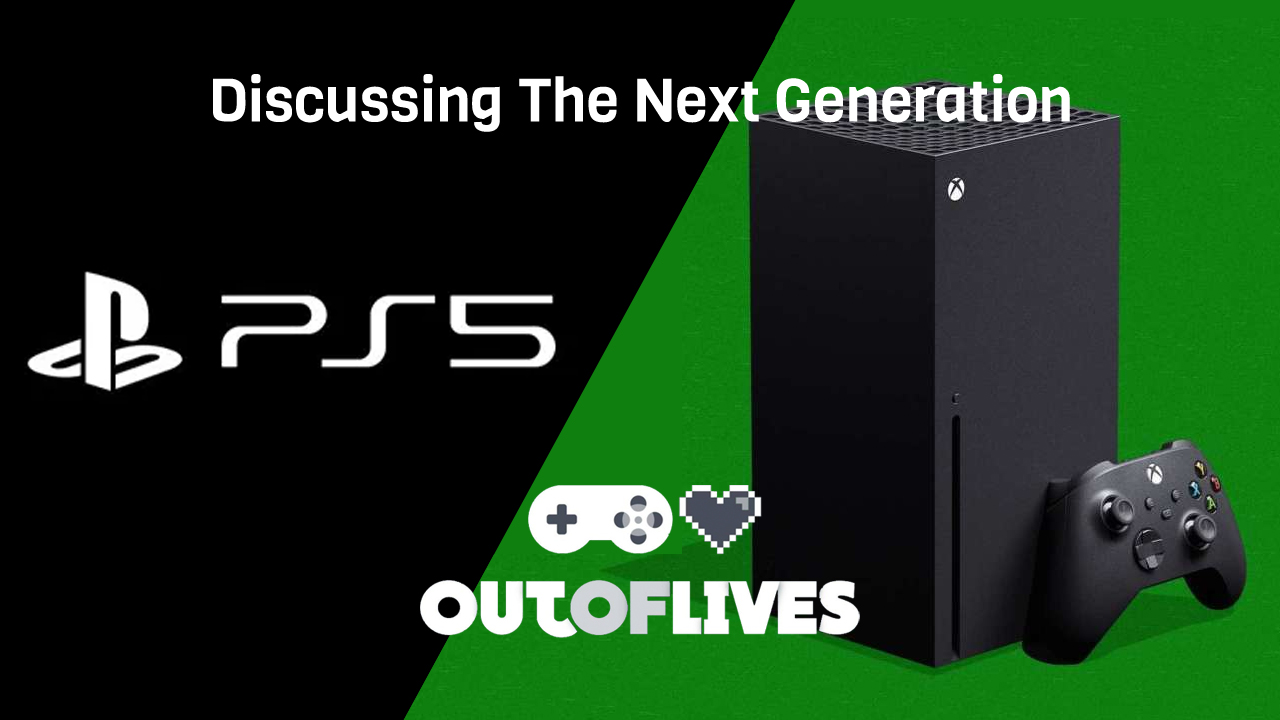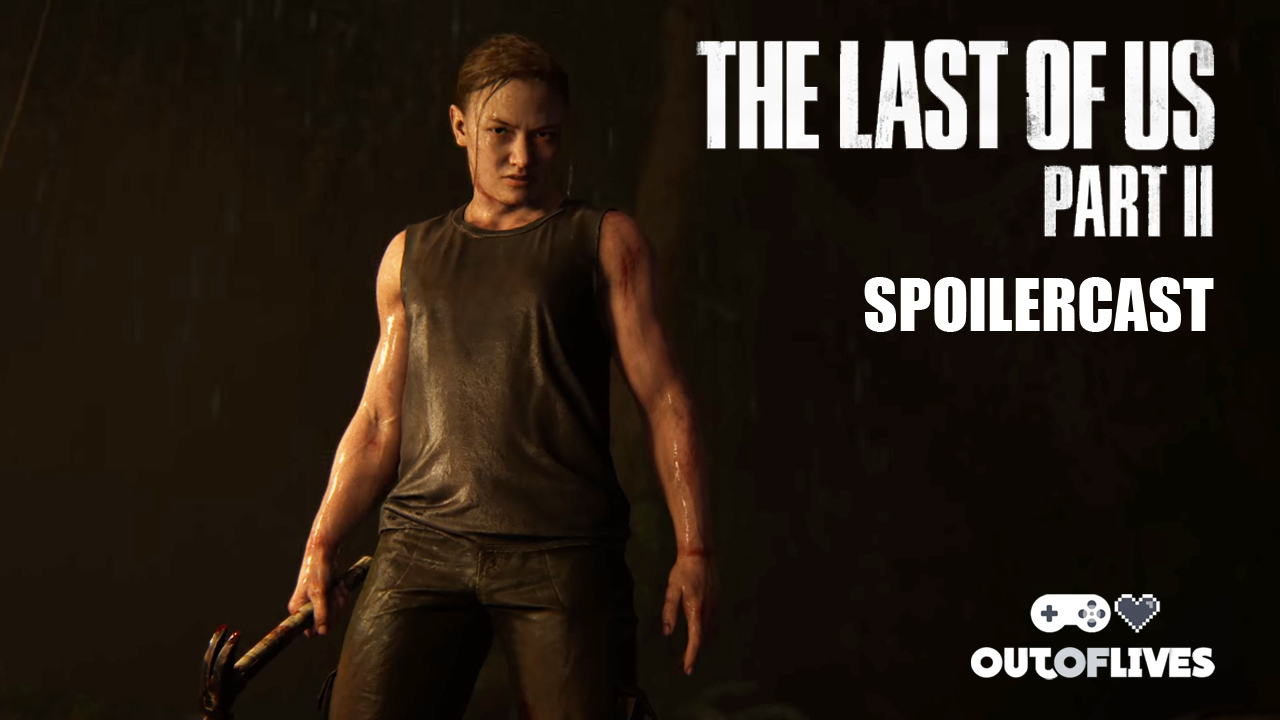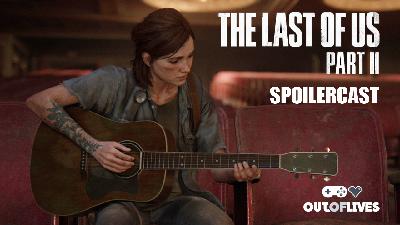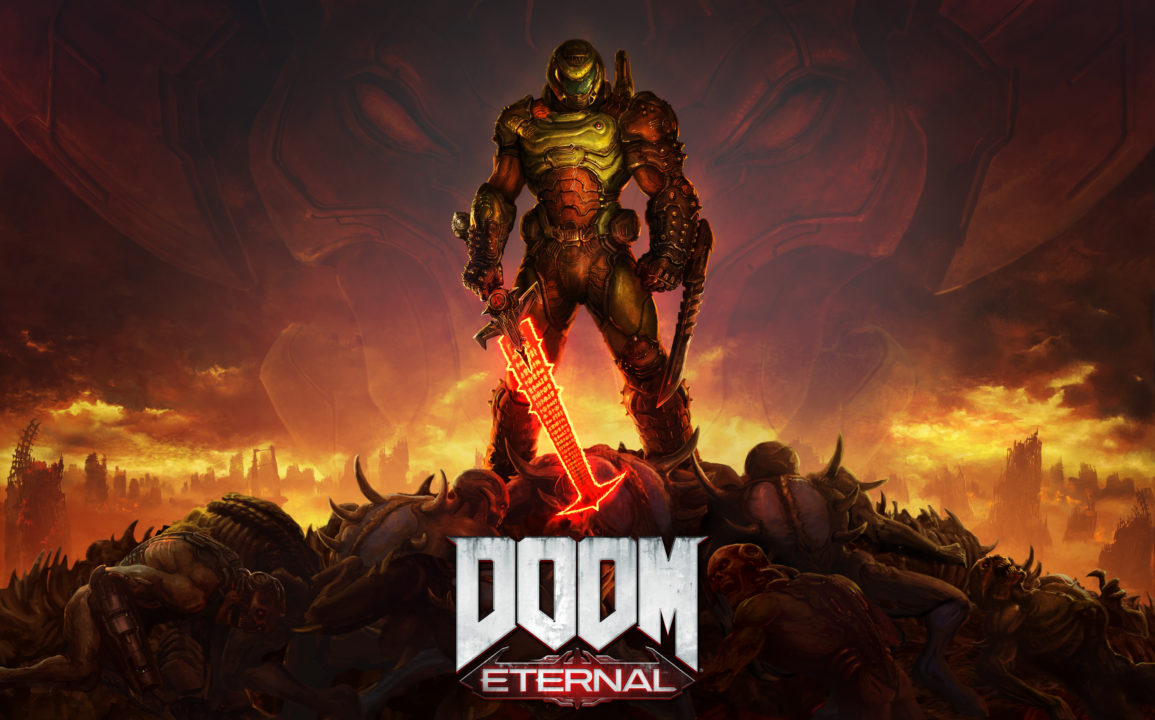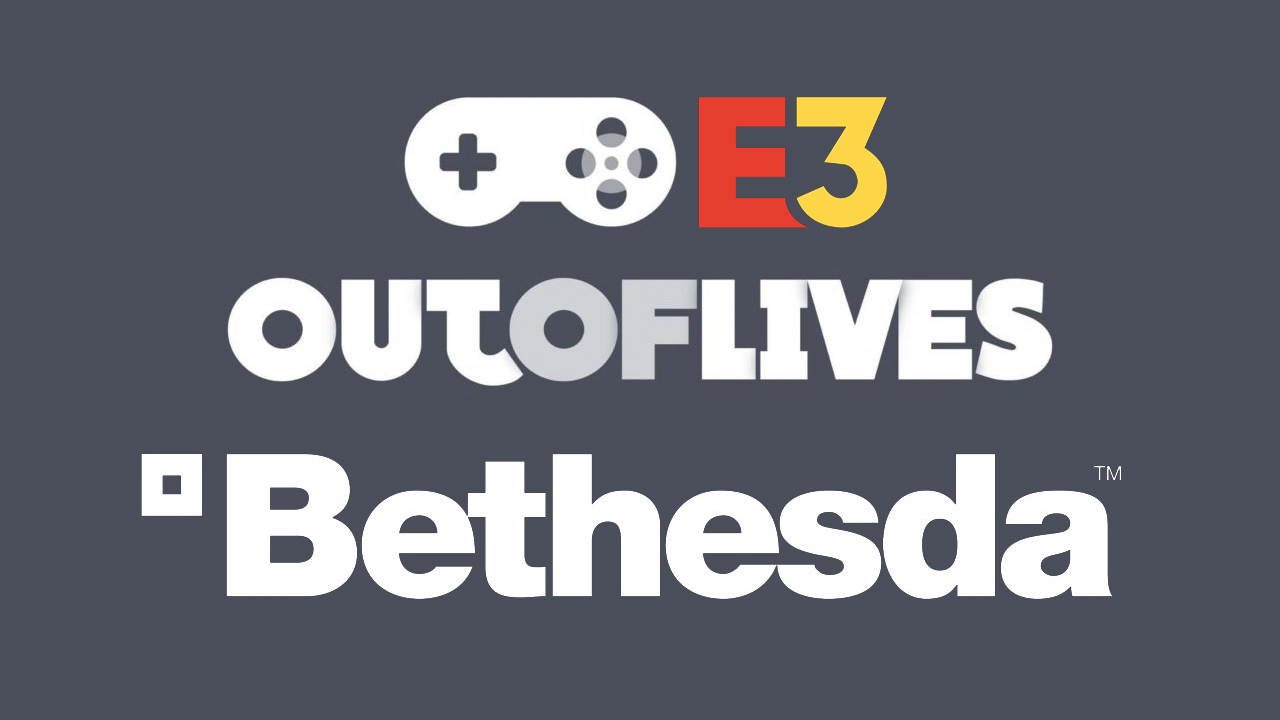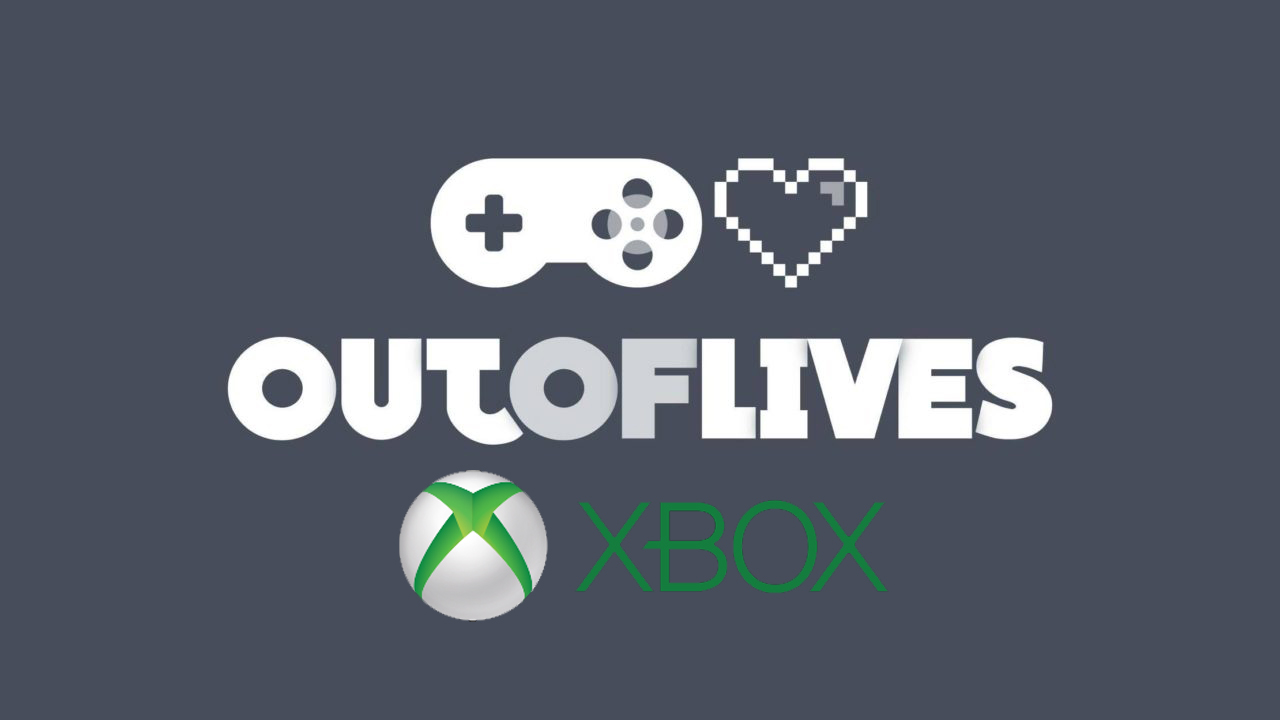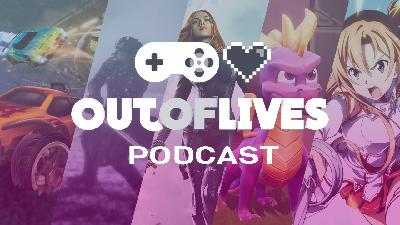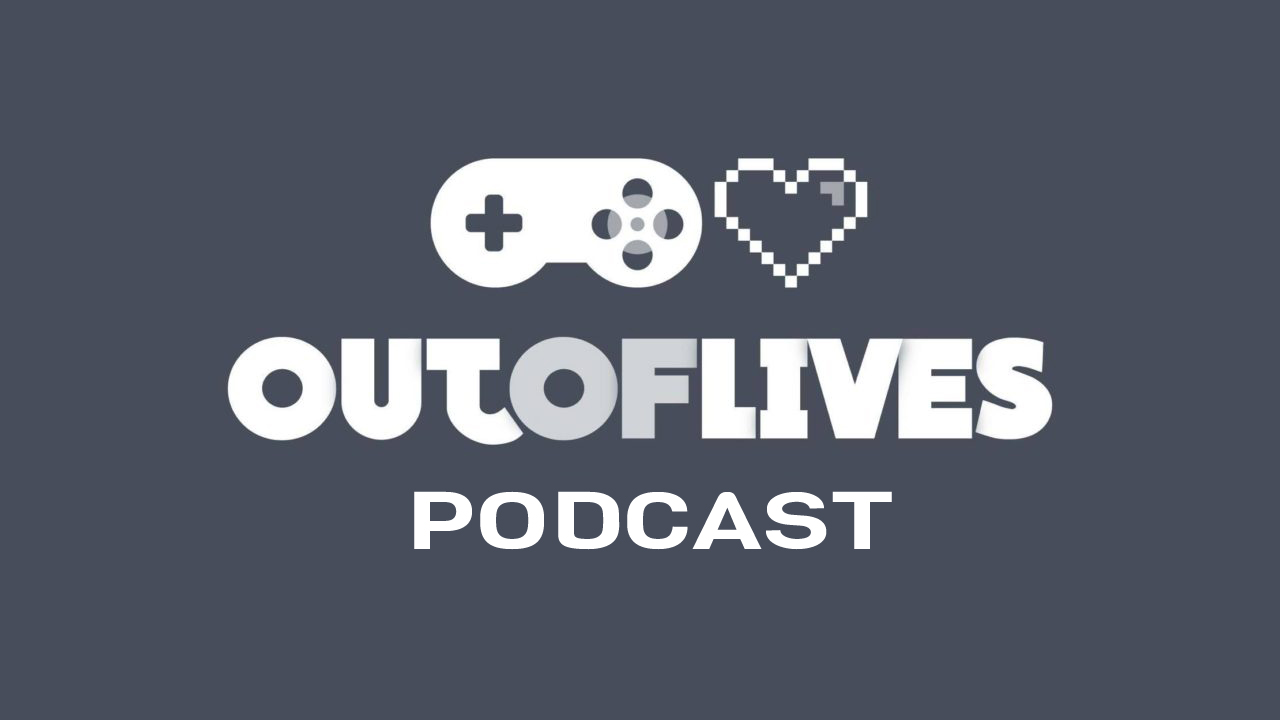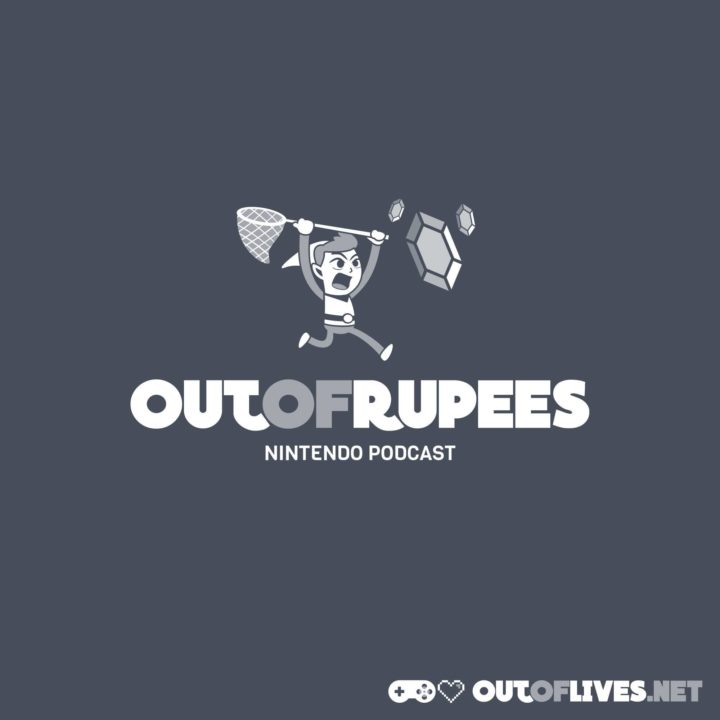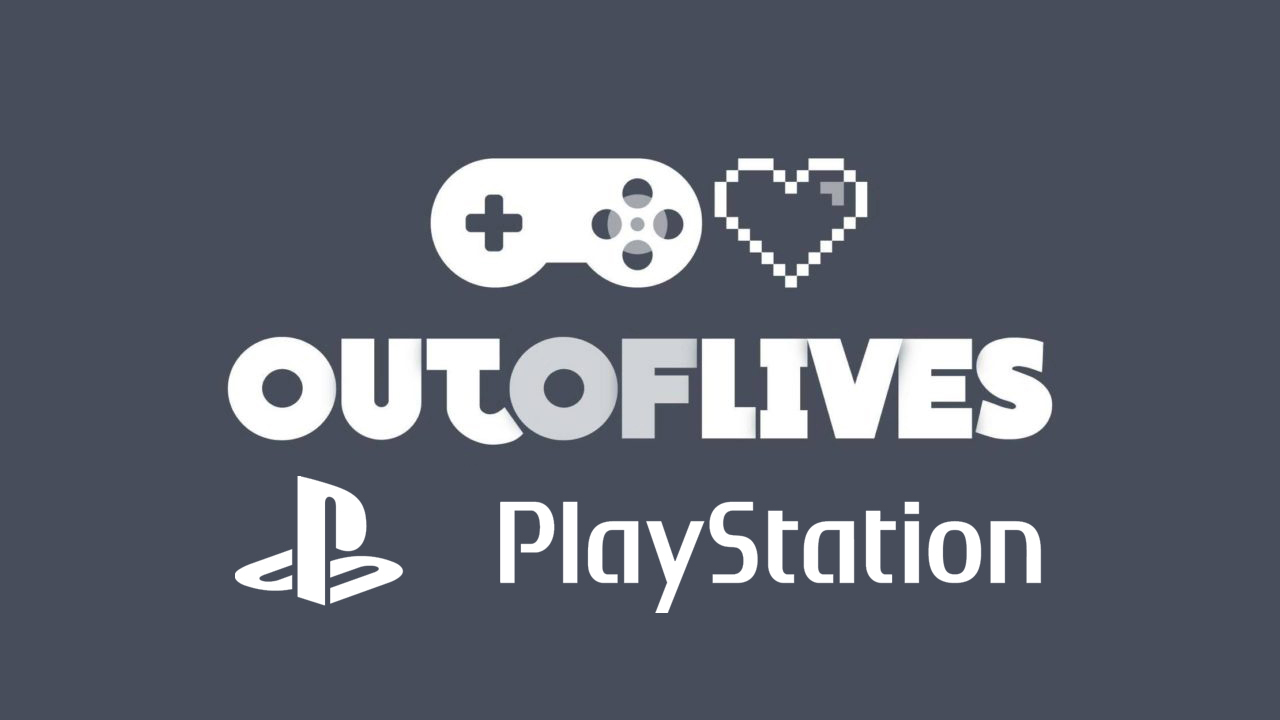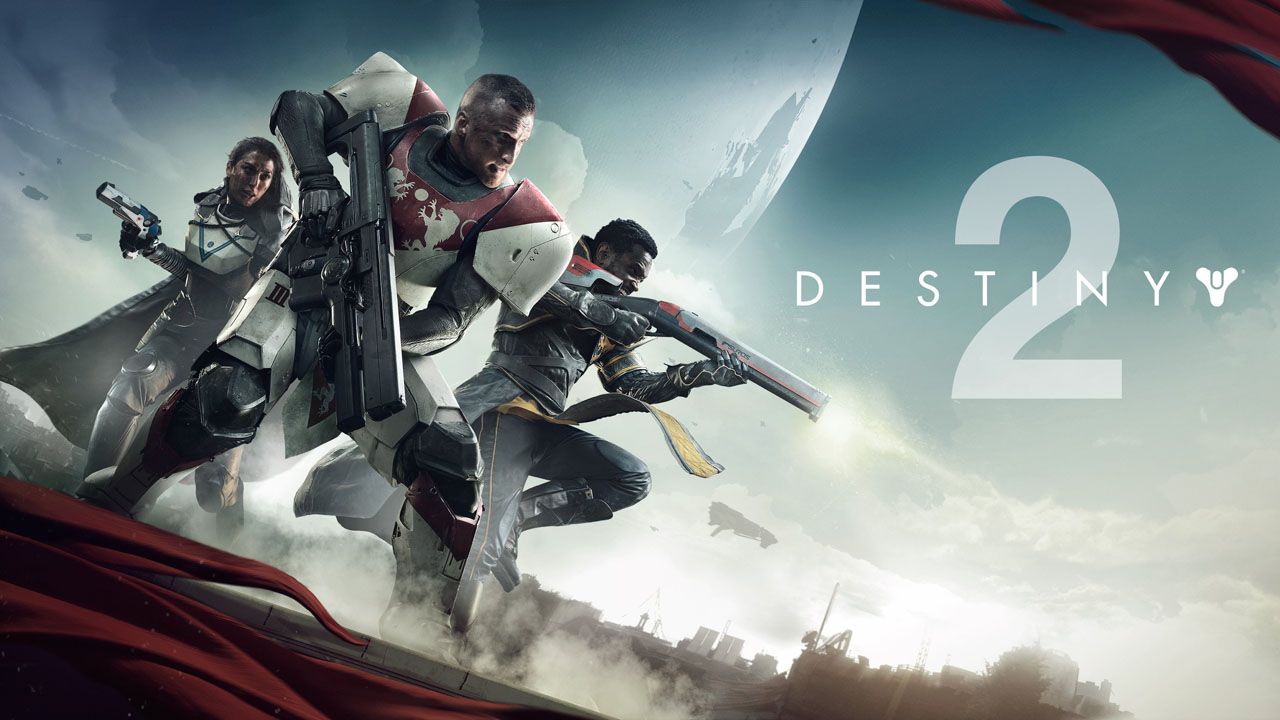PS5 & XSX – Discussing The Next Generation
Description
Adam and Ben get together to discuss the next generation of consoles from the information released on them so far. They weigh up the tech specs of the Xbox Series X and the PlayStation 5 and if they matter, what some of it means and what they need to see to believe the hype.
https://www.outoflives.net/wp-content/uploads/2020/04/PS5XSXchat.mp3
Adam Thomas
I’m Adam and I’m joined with Ben. We’re going to talk about the new console details for the next-generation PlayStation and Xbox as we have something to compare. And we’ve been, you know, given enough time to digest where what we’ve actually seen. So overall impressions Ben, initial thoughts.
Ben Nother
I mean, initial thoughts, you know, kind of all of the stuff that we’ve got so far for me is it’s just, just numbers, isn’t it? It’s just a constant stream of tech specs and stuff like that. I think the Xbox stuff came out a little while ago, you know, lists of kind of like the RAM and the processors and all of those sorts of things. And then we had the, I suppose now, slightly notorious, Mark Cerny, GDC, stand in talk almost, I guess. For what they were going to show developers and things at GDC obviously made public and whilst Mark Cerny is a fantastic orator, it’s the driest presentation I think I’ve ever seen.
Adam Thomas
Very much a technical talk.
Ben Nother
Yes. And within the context of it being a GDC talk you expect that. But again, lots of chat about just numbers and kind of the ethos, and the ethos kind of stuff is interesting. Again, the numbers are just sort of bouncing off me. I’m thinking, Okay, well, we’ve got X number of teraflops over here, and then X number teraflops over here. Really, to me, that’s kind of meaningless because as I suppose Mark Cerny was kind of trying to get out in the PlayStation chat, It’s all about what else is within that box, what else that’s being coupled with how things actually interact. I think at least from the PlayStation side, we’ve seen a little bit more of how it’s going to work as a unit than we have from Xbox. For me whilst on paper, it looks like Xbox is this big beefy boy and PlayStation is maybe slightly more lithe and I think accessible was the word Mark sort of used all the time. We still haven’t seen anything. And that’s kind of what I’m waiting for really before I pass judgement on whether one is going to be better than the other. Technically speaking.
Adam Thomas
Yeah, with these things, it always comes down to what the developers can actually do with it. And it’s all well and good. Having, we change this, and we put this in it and we’ve done this, and we’ve done that. But if the developers struggle with it for any reason, or just doesn’t get the benefits that they’re expecting, developers don’t use it or use it in a different way for other stuff, and it just doesn’t have the impact that they want. It may be meaningless, just yeah, garbage numbers, as you said. For me, I’ve been interested in the, because the worry was that we would just have to basically identical rectangles, but different manufacturer’s stickers. And that would be where what I’ve liked is the fact that although and kind of broad strokes, they’ve gotten very, very similar. The differences between the two show are very clear, you know, shift and approach divergence between the two of them. So Xbox of when very simple, straight down the line back numbers, we’re going to put the best parts, we can get in it, and that’s just going to do so they’ve come out with your, you know, your 12 teraflops, what they expect that will actually put out. Whereas Sony and PlayStation have went a bit more, Well, we’re going to tinker with a bit more and customise the different bits and try and make them all work that wee bit better. And these various ways that we think this will make a big difference. And so, and they’re, they’re aim is that Yeah, Xbox has 12 teraflops to their 10.4 teraflops, but there are 10.4 teraflops will be better teraflops basically. Yeah. Sort of the idea.
Ben Nother
Yeah, it’s more about like optimization, isn’t it? Yeah. What can do what at any one time, whilst you might have, you know, hundreds and hundreds of teraflops or have access to lots and lots of power, it’s everything around it reading and being able to use that at the same time. And again, I think we’ve had a little bit more info from PlayStation on that about how things actually interface with each other how things are optimised a little bit better. And whilst Yeah, those numbers aren’t quite as high as, as the series x is going to have. We kind of understand that it is a little bit more accessible, it’s optimised a little bit better or at I won’t say it’s optimised better. I don’t know that it’s optimised better. If Mark Cerny was saying that is what they have gone for. That is what they are looking to achieve with it.
Adam Thomas
Yeah, they’ve went into it to see with the customizations and the more details, they’ve looked at where the bottlenecks are, and how they extract more performance out of it. Because, you know, it was actually one of the previous Mark Cerny video things where he was showing off the difference to the SSD mix the solid state drive compared to a regular hard drive.
Ben Nother
Was that the Spider-Man one?
Adam Thomas
Yeah, so that shows, and that really highlights kind of the, you know the inate difference and just changing from the standard hard disk drive to the solid state drive, which both have done, you know, there’s a huge difference in you know, the read speed so you can have all your extra power but as you say that there are those bottlenecks where the game engines and everything has to pull out the data that it needs. And actually, you know, put it on the screen and show you what it needs to show and that’s why, you know, Spider Man and the ps4 game can only swing so fast because if it goes any faster, the console can’t physically load the world in quickly enough, yeah, you know, in front of you. So that exists, you know, otherwise, you would just swing off into fucking nothing. And again, you have to like pause, you have to catch up and all that. Whereas a lot of that goes away purely by having the SSD because it’s so much quicker, just in general. But then Sony of went in, and to that extra bit of depth, we’re in Mark Cerny’s talk, where there are mentioning, you know, in much greater detail than I, in detail, I don’t fully understand. But they’re showing how they’ve changed it so that it’s so much, you know, the bandwidth of the data so they can draw out so much more data all the time, to speed all of that sort of processing up. So that will mean that the aim is that that means that developers are that don’t need to put in, you know, stupid windy corridors in between areas and stuff like that, you know, which is a kind of a design thing they’ve had to put in, because of the technical limitations so that the game can, you know, the RAM and all that can dump the old memory and then load then the new level stuff, you know, and things like that, to give it space to do that without literally just locking you and place or having you stuck in an elevator or whatever.
Ben Nother
It’s, it’s kind of an interesting one that we, you know, I think we’ve sort of seen with this generation how, how much better these generation of consoles were than the previous one in this area already. With all of these massive open-world games, things like Red Dead Redemption 2, the newer Assassin’s Creed games, how they can still do, you know, quite a lot and, and have a lot on-screen at one time especially compared to previous generations, the 360 and ps3 games. Yeah, and I remember when those consoles were kind of announced that one of the things that people talked a lot about were like particle physics and things like that. And the ability to have more stuff on screen more things going on, again, better optimization about using memory and things. And I’m guessing that’s just, you know, again, we’re going to see that that is just the clear jump that things can do to work better to allow more things to happen at, at any one time. So it’s kind of it’s not a surprise that that is sort of the way that they’ve taken it. And the way that they’ve tried to, they tried to work with their tech to achieve putting more things on the screen, allowing more low times allowing you to have, you know, an absolutely insane say like run speed or via you know, car speed, you know, how much, how much better a sort of like a driving game is going to be and feel when that that speed can be just that little bit quicker. You know, obviously, short driving games have been limited to this as well, of being able to load in a certain amount at any one time. And they’re a little bit different because you’re usually, you know, you have kind of one view, and you’re going around a course. So things can be very well-tailored, it is almost like that corridor situation kind of all the time. Something like Forza was a little bit different. And I think was, you know, quite rightly used as the, the showcase for the, for the Xbox One. Because, again, you could have this massive open world and things loaded quickly. But could you imagine, Forza or like something like an open-world driving game where you could really, really boost that car and go into sort of, you know, use some nitrous and absolutely fly around. I think that’s kind of like, again, what we’re, what we’re talking about with this next generational leap, having just a massive, massive open world with so much stuff going on, but it just feels alive. I think, you know, Insomniac did quite well with Spider-Man in that regard there were people in the street but upi never had big crowds. When you had enemies, and at times you had quite a lot of enemies on the screen with you and in one ar

